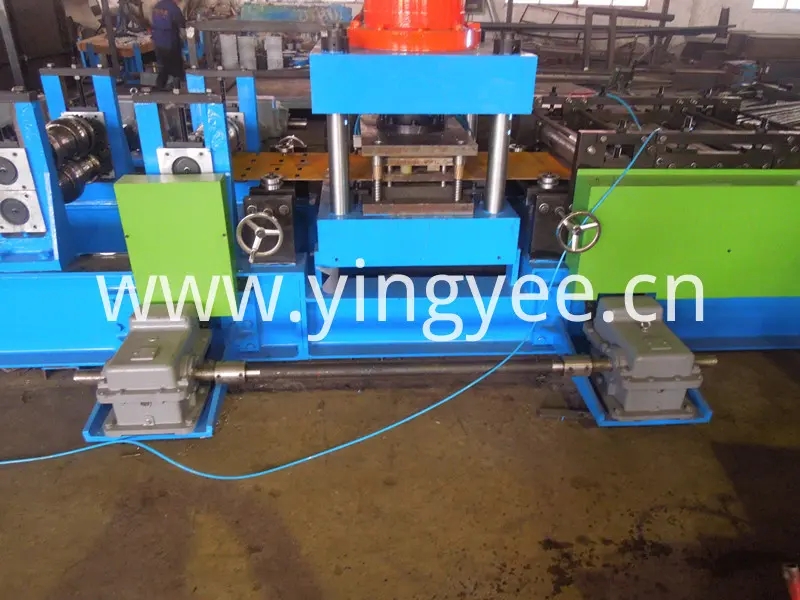
The Role of C-Stud Roll Forming Machines in Modern Construction
In the ever-evolving world of construction, efficiency, precision, and versatility are paramount. One of the technologies that have revolutionized the way metal components are fabricated is the C-stud roll forming machine. These machines have made significant strides in the production of C-studs, which are essential components in the construction industry, particularly in metal framing systems.
What is a C-Stud?
C-studs, also known as C-channels or C-sections, are metal profiles shaped like the letter 'C.' These structural elements are primarily used in wall and ceiling framing, providing support for drywall, insulation, and various other materials. C-studs are favored for their strength, lightweight nature, and ease of installation, making them a preferred choice in both commercial and residential construction projects.
The Functionality of C-Stud Roll Forming Machines
C-stud roll forming machines are specialized equipment designed to produce C-stud profiles from metal sheets or coils. The process begins with a flat metal sheet, which is fed into the machine and then shaped into the desired C-profile through a series of rollers. The roll forming process involves several steps feeding, bending, cutting, and sometimes, punching holes for electrical conduits or fasteners.
One of the primary advantages of using roll forming technology is its efficiency. C-stud roll forming machines can produce large quantities of C-studs rapidly, significantly reducing production time compared to traditional manufacturing methods. Additionally, these machines can be customized to produce various sizes and thicknesses of C-studs, catering to the specific needs of different construction projects.
Advantages of Utilizing C-Stud Roll Forming Machines
1. Cost-Effectiveness C-studs crafted through roll forming are not only cheaper to manufacture but also lighter in weight, leading to lower transportation costs. This reduction in material and labor expenses contributes to overall savings in construction budgets.

2. High Precision The automated nature of roll forming machines ensures that each C-stud produced maintains consistent dimensions and tolerances. This precision minimizes waste and improves the quality of the final product, leading to enhanced structural integrity.
3. Versatility Modern C-stud roll forming machines can accommodate various materials, including steel and aluminum, allowing for flexibility in meeting diverse project specifications. They can also handle different profiles within the same equipment setup, enhancing versatility.
4. Sustainability With an increasing focus on sustainable building practices, the use of C-studs produced from recycled materials is on the rise. Roll forming machines can efficiently process recycled metals, contributing to eco-friendly construction endeavors.
5. Ease of Use The simple setup and operation of C-stud roll forming machines mean that they require less training for operators compared to more complex machinery. This ease of use can significantly boost productivity on construction sites.
Future Trends in C-Stud Roll Forming Technology
The construction industry is constantly advancing, and so are the technologies that support it. The future of C-stud roll forming machines looks promising, with the integration of smart technologies and automation. The advent of Industry 4.0 brings opportunities for enhanced data collection, monitoring, and real-time adjustments in the production process. Smart roll forming machines equipped with sensors can predict maintenance needs, reducing downtime and increasing operational efficiency.
Moreover, the rising trend of custom fabrication in construction means that C-stud roll forming machines will likely evolve to support on-demand production capabilities, enabling builders to create tailor-made solutions that meet unique project requirements.
Conclusion
In summary, C-stud roll forming machines play a critical role in the construction industry by providing an efficient, cost-effective, and precise method for producing essential structural elements. As technology continues to advance, these machines will evolve further, enhancing their capabilities and cementing their importance in modern construction practices. By leveraging the advantages of C-stud roll forming, builders can not only reduce costs and waste but also contribute to more sustainable construction practices. Thus, investing in C-stud roll forming technology is a forward-thinking move that can yield considerable benefits for the construction industry.